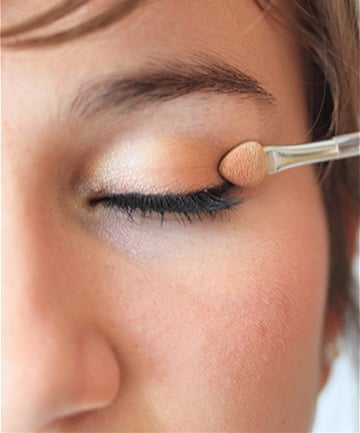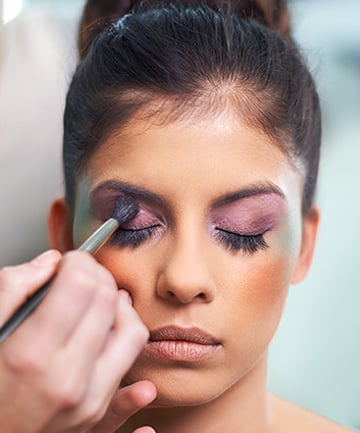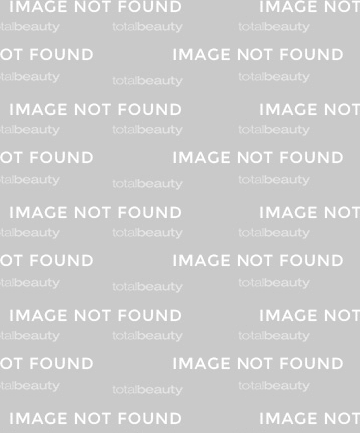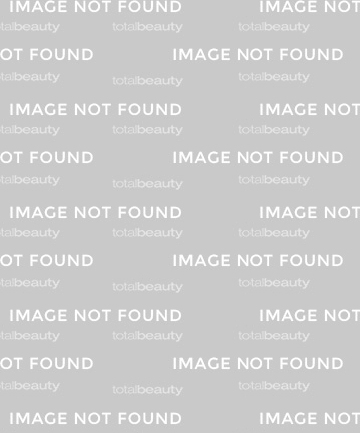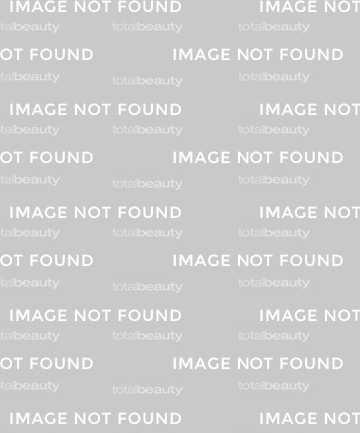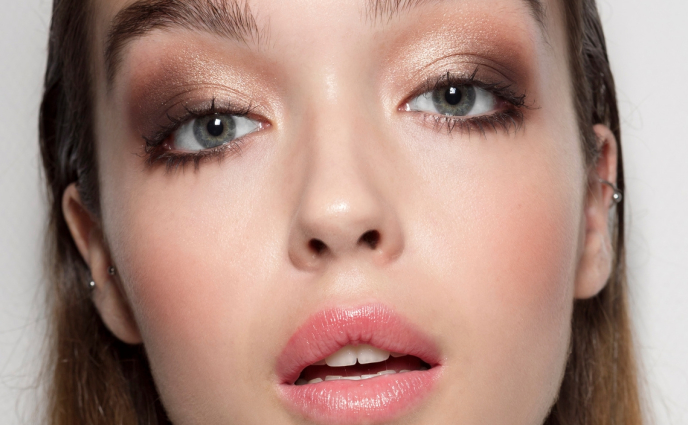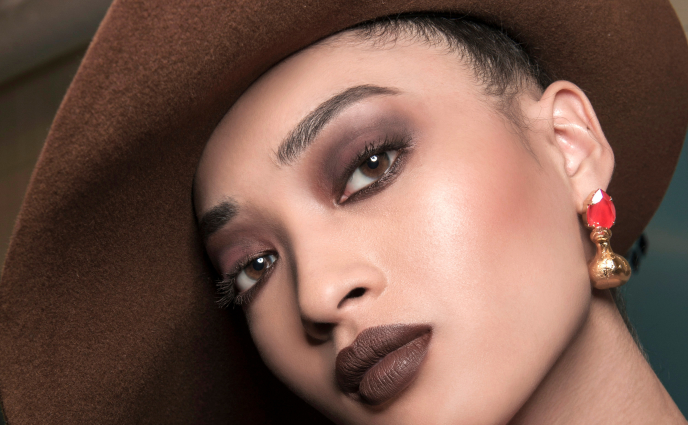Before you can learn how to do eye makeup correctly, we'll need to start with a quick refresher on the different parts of your eye, makeup school style. You've likely heard all kinds of terms like 'crease' and 'inner corner.' This eye makeup lingo is superimportant when it comes to shadow placement. As far as color choices go, shade selection largely depends on the look you're trying to create, notes Hughes. Still, there are certain eye shadow tips that you should follow. Above all, remember this cardinal rule: "Light shades accentuate, dark shades make things recede," says Hughes. Ahead, a quick walk-through on the different parts of the eye and which shades go where.
Image via Getty
Image via Getty
When talking eye makeup, your crease "refers to the area where there's a natural fold or indentation in the skin when your eyes are open," says Hughes. Typically, darker eye shadow colors go in the crease, in order to create depth.
Image via PeopleImages/Getty
Image via PeopleImages/Getty
Hughes suggests thinking of this area as the small, sideways V-shape that wraps around the inner corner of your eye (so, the side closest to your nose). FYI, this is where any kind of under-eye circles or shadows tend to be the darkest, which is part of the reason why using light eye makeup colors here works well; they brighten the entire eye area.
Like its counterpart the inner corner, the outer corner is also a small, V-shaped spot, but refers to the area only above the eye, not below (from just underneath the brow bone to the lash line). This is where you'd typically apply darker eye shadow colors, especially if you're going for a smoky or dramatic eye makeup look, says Hughes.
Quite literally, this is the bone under your brow. "If you place your finger under the arch of your brow, you'll clearly feel it," says Hughes. As with the inner corner, this spot is perfect for any kind of light eye shadow color, which make for a lifted appearance.


